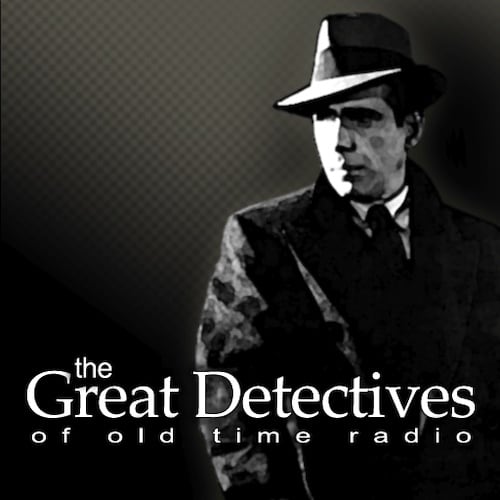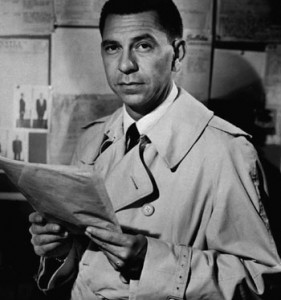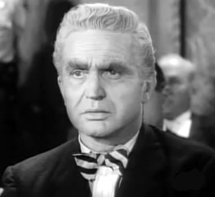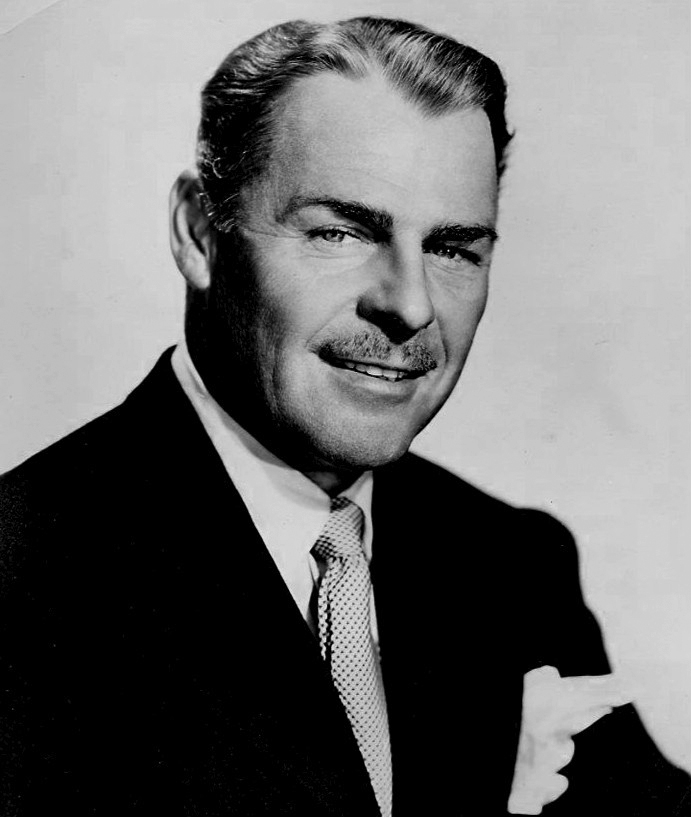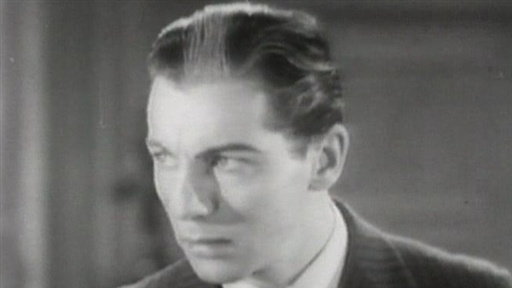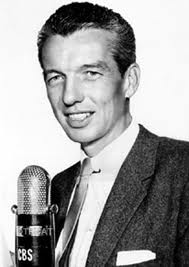Podcast: Play in new window | Download
Subscribe: Apple Podcasts | Email | RSS

Today’s Mystery:
The Falcon is hired to locate a boxing promoter who cheated two men out of a combined $40,000, but has a clever way to make sure they can’t collect.
Original Radio Broadcast Date: November 26, 1950
Originating from New York
Starring: Les Damon as the Falcon; Ken Lynch as Sergeant Corbett; Mandel Kramer; Ralph Bell; Bill Zuckert
Support the show monthly at patreon.greatdetectives.net
Patreon Supporter of the Day: Bruce, Patreon Supporter since November 2019
Support the show on a one-time basis at http://support.greatdetectives.net.
Mail a donation to: Adam Graham, PO Box 15913, Boise, Idaho 83715
Take the listener survey at http://survey.greatdetectives.net
Give us a call at 208-991-4783
Follow us on Instagram at http://instagram.com/greatdetectives
Follow us on Twitter @radiodetectives
Join us again tomorrow for another detective drama from the Golden Age of Radio.
